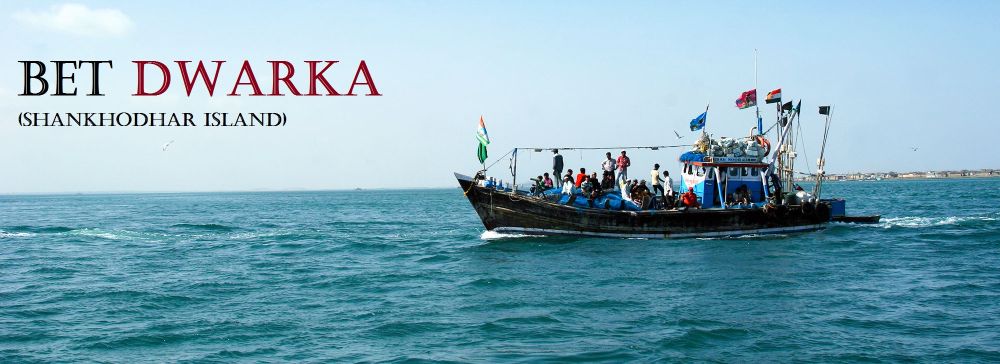

Located off the coast of Dwarka, one of Hinduism's four principal holy cities, is the small, tranquil island of Bet Dwarka, also known as Shankhodhar Island. The island’s history is steeped in ancient myths and religious significance. According to the epic Mahabharata and other Hindu texts, Bet Dwarka was the residence of Lord Krishna during his earthly life. Today, it is a site of pilgrimage for thousands of devotees who come to visit the main Dwarkadish temple and other holy shrines.
The name 'Bet Dwarka' means the 'Residence of Krishna'. Archaeological findings suggest the presence of a settlement dating back to the 15th-16th century BCE. Coins, pottery, and other remnants found here indicate it was once a bustling port, with trade routes stretching to Rome and other parts of the ancient world. The historical significance of the island is underscored by the belief that it is the place where Sudama, Krishna's friend, offered him rice, thereby cementing their friendship and the related moral teachings within Hindu philosophy.
Religious tourism has been pivotal to Bet Dwarka, as it forms an integral part of the 'Char Dham' pilgrimage circuit. Over the years, the island has attracted pilgrims who wish to see the place where Lord Krishna is said to have conversed with his devoted friend, Sudama, and where he interacted with various other personalities from Hindu scriptures. The island's popularity grew as it became better connected with the mainland, initially through traditional boat services and more recently, with plans for a signature bridge to improve access.
In the 1980s, marine archaeological explorations around Bet Dwarka brought to light a wealth of findings, further igniting interest among both history enthusiasts and religious tourists. Artifacts unearthed have added to the island’s narrative, with detailed studies providing a fascinating glimpse into the past and how it shapes the present perception of the island.
Tourism infrastructure has been developing around Bet Dwarka to accommodate and encourage visitors. The state government and tourism department have been incorporating this historical island into broader tourism initiatives, focusing on improving connectivity, accommodation facilities, and visitor experiences. The most significant upcoming project is the Shri Krishna Bhakti Dham, an expansive pilgrimage center envisioned to transform religious tourism in the region.
The latest trends in tourism at Bet Dwarka include eco-friendly developments, sustainable tourism, and the digitization of travel experiences. Recognition of the environment's importance has led to efforts to conserve the island's delicate marine and coastal ecosystems. Furthermore, Bet Dwarka is increasingly being included in broader travel itineraries that cover the culturally-rich state of Gujarat, encompassing visits to archaeological sites, wildlife sanctuaries, and other historical landmarks.
In conclusion, Bet Dwarka's rich tapestry of history, religion, and ongoing archaeological interests has positioned it as a captivating destination within India's vast tourism landscape. As it continues to attract spiritual seekers, history buffs, and curious travelers, it remains a testament to the timelessness of India's cultural and religious allure.